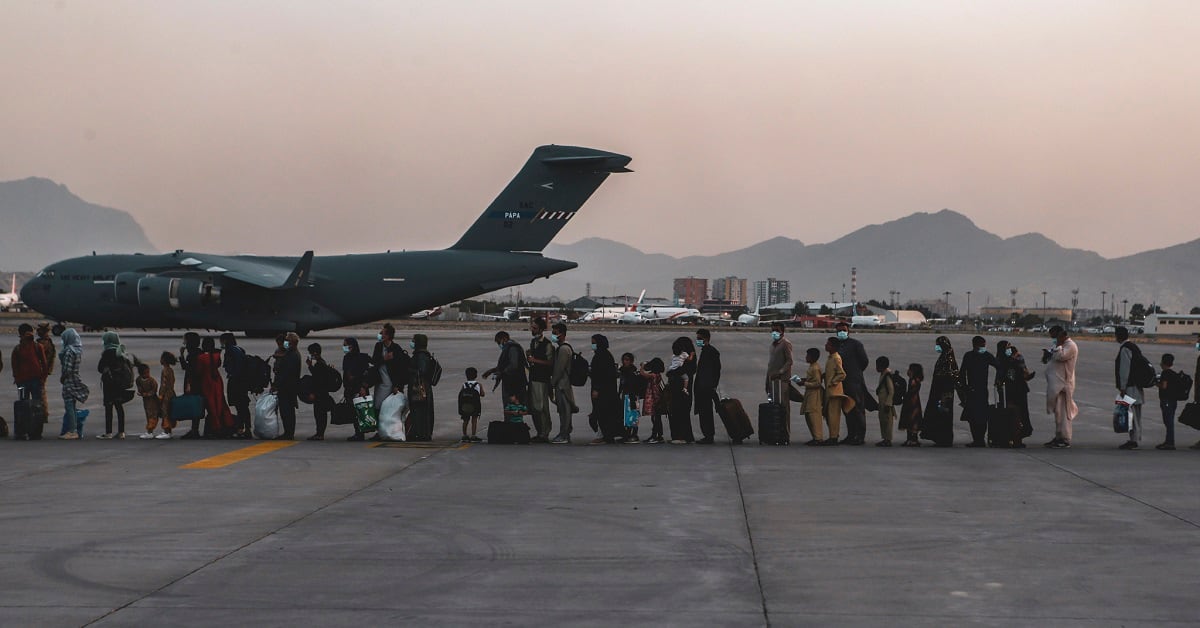Troops on the ground at the Kabul airport in August helped process tens of thousands of at-risk Afghans as they were evacuated from the country as the Taliban re-took power in Afghanistan.
The Defense Department’s inspector general’s office on Friday announced that they would be going over that process with a fine-tooth comb, to see how personnel were involved and how closely the department is tracking evacuees.
“This evaluation will determine the extent to which the DoD is managing and tracking displaced persons from Afghanistan through the biometrics enrollment, screening, and vetting process,” according to the announcement.
Once troops at the gate confirmed identities and paperwork of those lined up at the gates, State and Homeland Security Department representatives screened them and sent along to way stations in the Middle East and Europe before making their way to military installations stateside.
Almost as soon as the evacuations began, protestations ― mostly from conservative pundits ― abounded, alleging that the evacuees were unvetted and an imminent security risk to Americans.
In reality, those Afghans were subject to multiple screenings over their travels, and those screenings continue as they prepare for resettlement in the U.S. Their names and biometric data are compared against multiple databases tracking known members or affiliates of terrorist organizations.
RELATED

For Afghans applying for special immigrant visas, given to those with verified employment aiding American troops and other officials on the ground, that vetting process continues on a regular basis even after they have secured legal residency in the U.S.
Neither State nor DHS have released complete numbers of any evacuees held at way stations or detained in the U.S., though anecdotally, the numbers who have required additional screening are in the dozens, the head of U.S. European Command told reporters earlier this month.
“That individual is currently in the appropriate custody with U.S. interagency officials ... and we are still working his background investigation,” Air Force Gen. Tod Wolters said, speaking of a single evacuee out of 38,000, who was deemed not to be a “high threat.”
Meghann Myers is the Pentagon bureau chief at Military Times. She covers operations, policy, personnel, leadership and other issues affecting service members.




